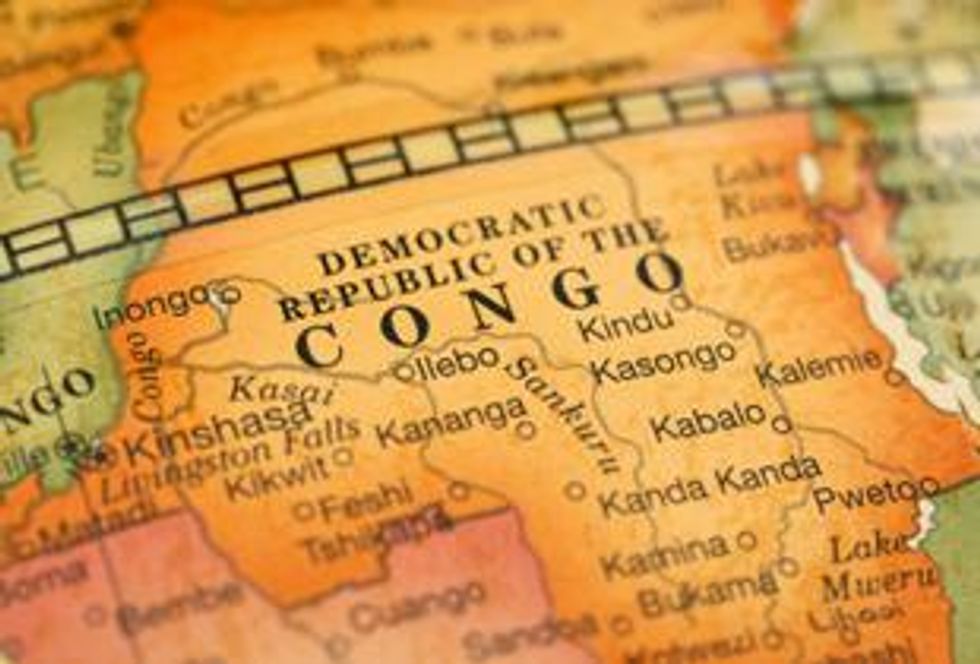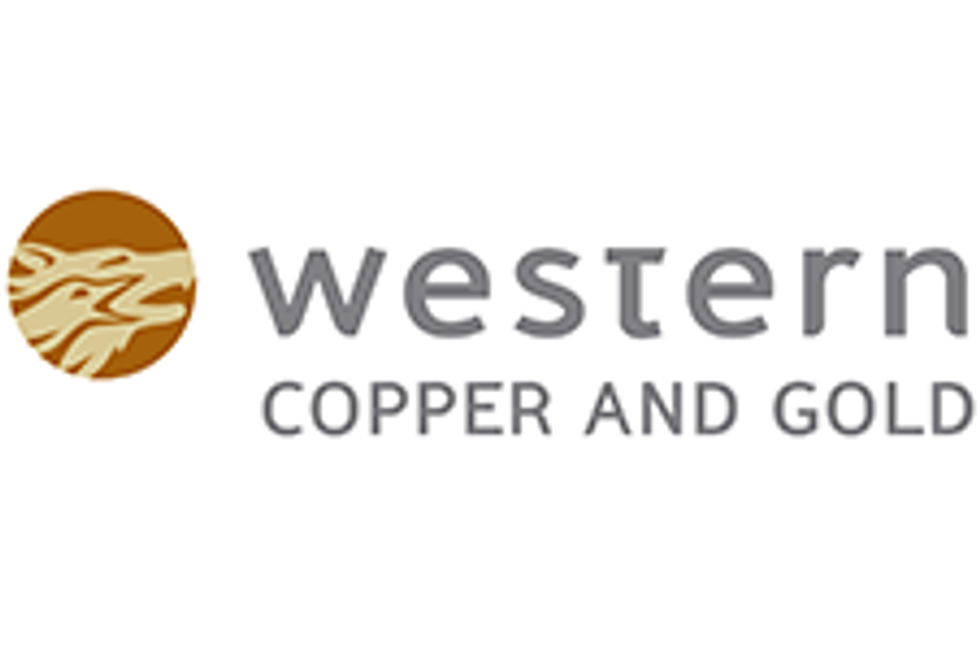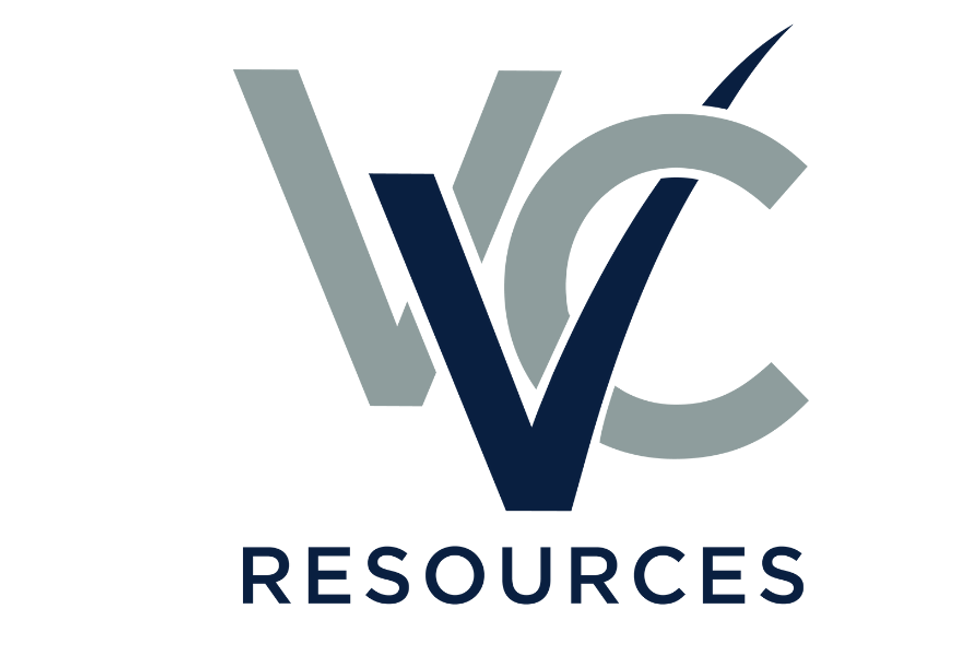- AustraliaNorth AmericaWorld
Investing News NetworkYour trusted source for investing success
Cyclone Metals
Lancaster Resources
Purpose Bitcoin ETF
Element79 Gold Corp.
- Lithium Outlook
- Oil and Gas Outlook
- Gold Outlook Report
- Uranium Outlook
- Rare Earths Outlook
- All Outlook Reports
- Top Generative AI Stocks
- Top EV Stocks
- Biggest AI Companies
- Biggest Blockchain Stocks
- Biggest Cryptocurrency-mining Stocks
- Biggest Cybersecurity Companies
- Biggest Robotics Companies
- Biggest Social Media Companies
- Biggest Technology ETFs
- Artificial Intellgience ETFs
- Robotics ETFs
- Canadian Cryptocurrency ETFs
- Artificial Intelligence Outlook
- EV Outlook
- Cleantech Outlook
- Crypto Outlook
- Tech Outlook
- All Market Outlook Reports
- Cannabis Weekly Round-Up
- Top Alzheimer's Treatment Stocks
- Top Biotech Stocks
- Top Plant-based Food Stocks
- Biggest Cannabis Stocks
- Biggest Pharma Stocks
- Longevity Stocks to Watch
- Psychedelics Stocks to Watch
- Top Cobalt Stocks
- Small Biotech ETFs to Watch
- Top Life Science ETFs
- Biggest Pharmaceutical ETFs
- Life Science Outlook
- Biotech Outlook
- Cannabis Outlook
- Pharma Outlook
- Psychedelics Outlook
- All Market Outlook Reports
Outperforming Copper Production in the DRC: Tiger Resources
Copper Investing News recently spoke with Brad Marwood, managing director of Tiger Resources. Brad discussed Tiger’s producing copper-cobalt project in the Democratic Republic of the Congo and helped clear up some of the negative perception that investors might have when it comes to operations in that region.
Copper Investing News (CIN) recently spoke with Brad Marwood, managing director of Tiger Resources (ASX:TGS). Brad discussed Tiger’s producing copper-cobalt project in the Democratic Republic of the Congo (DRC) and helped clear up some of the negative perception that investors might have when it comes to operations in that region.
CIN: Brad, thank you for joining me today. To start off, I want to talk about the recent news out of the DRC. It seems that the DRC government is imposing export bans on copper and cobalt concentrates. Can you comment on that? How, if at all, will the ban affect Tiger?
Brad Marwood: What we understand is that the minister of mines is thinking of having companies that don’t invest in generating a high value-added product in the DRC pay a premium that would be equivalent to the royalty that would be received if that high value-added product was generated in the DRC.
Since the news came out on Reuters I’ve had phone calls from at least 40 different groups asking, “what’s this? You’ve been told that for the next 90 days you can’t export anything?” You understand, they’ve got the wrong interpretation of it, people think it’s an immediate moratorium.
To clarify, it’s 90 days during which you must advise the minister of all your concentrate at hand and then you’ll be given 90 days to clear that concentrate. In that 90-day period, you must come up with a strategy saying how you’re going to go to a high value-added product. From our point of view, we’re already doing that, so we’ve already committed to the development of a high value-added operation. You can’t get better than 99.99-percent copper in a mining environment. We’re going to go to a high value-added scenario; we’ve committed to that.
We’re three months into development, and the minister of mines is aware of that. We have export permits that are valid up until December. They are signed and executed by the regional minister of mines and the governor of Katanga province. We believe that this will have no impact on us at all, but we are seeking that clarification from the minister of mines. That’s why we’re in a trading halt.
CIN: Okay, well thank you for clearing that up a little bit for our audience. Moving over to the company, Tiger Resources has been producing copper from the Kipoi project in the DRC’s Katanga province since April 2011. Can you tell us a little more about the project?
BM: The Kipoi copper mine is a low-cost, high-cash flow start-up project; a combination that is only available when you have extremely high copper content, and ours is currently around 7 percent. That allows us to produce a high value-added concentrate of around 25-percent copper value that yields a net return of $10 million per month, which we’re reinvesting to build a solvent-extraction electrode-processing plant. That will increase returns by about 50 percent to the shareholders.
CIN: The Kipoi project has a high-grade, open-pittable resource surrounding a lower-grade deposit. How is Tiger mining this deposit?
BM: We’re mining the high-grade core of Kipoi Central using open-pit, highly selective mining techniques with a mining contractor. And there are competent national mining contractors available in the DRC. This mining technology is well proven. As we go and mine the lower-grade material that’s the halo around the high-grade deposits and go to the other deposits that we’ll be exploiting further afield, we will be using the same technology to mine down to about 180 meters below the surface. This is a very cost-effective method in mining where you have large deposits with over 100 million in cross sections of ore body on the pit floor. We have low operating costs, around the order of $0.50 a pound, occurring currently. When we start up the solvent-extraction electrowinning (SXEW) we will have operating costs of around $0.75 a pound.
CIN: You mentioned the SXEW facility that Tiger broke ground on constructing this year. How long is the construction phase expected to be? Where will the facility factor into Tiger’s operations?
BM: Yeah, we currently have a completion date with our department contractors of May 2014 for the SXEW plant. That work is going very well, we are very pleased with the contractor we have. We have a fixed-price contract to complete that work, and there are bonuses for early completion and penalties for late completion on that contract. It’s a three-phase development. The first phase, we’ll develop 55 million pounds of copper production per annum. In the next 12 months, we’ll expand that facility to take it to 110 million pounds of copper production per annum. In the following six months, we will increase the efficiency of the plant by adding a solution tank leach that will allow us to process the very fine-grained material, increasing our recoveries to approximately 90 percent.
CIN: Will the company be moving forward with expanding the Kipoi project? What is the potential there?
BM: We have substantial exploration potential around the existing mine site. We have a second concession 10 kilometers to the south that has already had over 450 million pounds of copper discovered on it. There are three to four major targets located on the Lupoto concession. And then we have just recently acquired a further concession 10 kilometers to the east, which we think has substantial potential for new discovery. We will commence drilling in there later this year.
We think the potential is to see twice the production that we currently have. Moving from 110 million pounds of production to 220, possibly 250 million pounds of production per annum. That would bring us into a world-class operation, and what’s particularly exciting about this project and the strategy we’ve adopted is that all of the project and strategy allow us to fund the expansion and the existing development out of current cash flows from the operation.
CIN: What does the company’s cash flow look like?
BM: Well, we make $10 million a month. Now, we are a $200-million market cap company making $100 million plus a year. We’re reinvesting that, and plan to reinvest those returns until the end of 2015, at which time we will have built the SXEW, which has a value in excess of $350 million. We anticipate having $100 million in the bank account at that stage and a project for development that has a net present value in excess of $700 million. So, we’re in a pretty good space.
CIN: Tiger Resources is undervalued compared to its copper-producing peers. Can you comment on the reasoning behind that? Is it a result of current market conditions or is there more behind it?
BM: Well, first of all, the marketplace determines the value of any one company. Now, our sense of our share price and the inherent value that we have within our share price is that the current share price does not reflect the substantial effort made by the company to reduce the operational risk in conducting its business. It does not reflect the success of having seven quarters in a row where we have outperformed our guidance, and we have an operating cost in the bottom quartile of operating costs throughout the world. These are all parameters that lead to a very positive reflection of the company’s value.
Now, there is also, I think, a general perception within the investor groups that the DRC, is a difficult place to conduct business. It’s been my experience in the last seven years, having worked in Africa for 30 years, that the DRC is a place where you can work, you can perform and outperform your neighbors in Zambia or in other copper fields throughout the world. This is probably best reflected in the fact that 40 cents in every development dollar spent in Africa in resource projects is going to the DRC in the last five years. A pretty amazing statistic.
CIN: Can you help our audience dispel some of the negative perceptions about operating in the DRC?
BM: The DRC has a bad history; it went through a very difficult time in the late 19th century, and there is still a living memory of how bad that was. That’s left a legacy and a very low level of infrastructure.
But now you have a nation being built by a relatively young man, Joseph Kabila, who has been managing the creation of a nation and building strength from strength since. It’s a nation that now has a democratically elected government that was re-elected in 2012 with an increased majority, and in 2018 will relinquish that position. We are talking about a stable government in an African context for over 17 years, and that allows formation building to occur, and that’s what the DRC needs. But to be effective in it, the DRC needs to see the returns that can only be developed by the accelerated development of a mining industry that finances the nation building that the DRC deserves.
CIN: So overall, the DRC is a demonstrated region for successful mining operations.
BM: I think the performance and the delivery is definitely doable as demonstrated by operating companies in the DRC. You know, you’ve got Freeport-McMoRan Copper & Gold (NYSE:FCX) producing a billion dollars of after-tax revenue from their operation. You have Kuwaiti in the DRC growing its operation to 330,000 tonnes of copper. It’s 1.5 million Grand Canyons going on. It’s that type of deposit that you’re talking about. We’ve got Kuwaiti with 35 million tonnes of copper in pounds. We’re talking operations in the last 100 years that are over 300,000 tonnes of copper production. Then you’ve got Tenke Fungurume with something like 75 million tonnes of contained copper, and Ivanplats (TSX:IVP), a recent step out, has been suggested to have as much as 110 billion tonnes of contained copper and a development that is foreseen in that location that will be world class, if not the largest copper mine in the world.
We’re talking very substantial operations. As for Tiger, we’re at the small end of the game and we’re talking about setting a pathway to become one of the top 15 copper producers in the world at a cash flow, without having to borrow or raise money to do so. So, I think that makes it a pretty good place to be choosing to work.
CIN: Does the part ownership with Gecamines work to Tiger’s advantage or disadvantage?
BM: I think it’s advantageous. There are things that you would obviously prefer to see happen, but there are aspects that are very beneficial. Gecamines has a very deep understanding of operating within the copper belt and brings that expertise to the joint venture. They have a deep understanding of the mining code, mining law, associated legal frameworks and commercial business management requirements in the space and they bring that to the joint venture.
And now on the negative side, probably the one reservation that we have historically is that as a joint venture partner they have been very much restricted in their availability of funds to support the growth and development of the joint venture company.
CIN: Are there any questions that you get often from investors that you’d like to clarify? Any misconceptions that you’d like to set straight?
BM: I think the investment community understands Tiger quite well. Certainly, in the specialist resource investment community it’s a very simple story and it’s a very simple business. It’s well understood.
I think the clarity about Gecamines is important, because a lot of marketists said, “I thought you want to buy Gecamines.” No, no it has never been our intention. What we’ve always said is if Gecamines wants to sell, we should be the buyer. That’s a very different position, certainly in my view, than as an outright buyer. I’m quite happy with my joint venture partner and it adds value to both parties. So, apart from that, I suppose there is nothing that I would like to share on that.
CIN: Apart from copper, Tiger is also stockpiling cobalt from Kipoi project. What is eventual plan for the cobalt?
BM: Yes, we have a stockpile of cobalt at the moment. It’s got an approximate value in market of $300 million.
The thing about the cobalt market is that the current global consumption is I think approximately 70,000 tonnes per year. In the DRC, where I think somewhere between 30 and 40 percent of the known cobalt deposits or reserves of the world are found, there’s two mines that jointly can produce 100 percent of the world’s cobalt production.
The situation that I see that could turn this around is we’ve all seen and anticipated the introduction of electric cars getting significant traction in the market throughout the world. What we haven’t seen is the sort of growth speed in consumption of electric cars. I think there is an expectation that, well once again a statistic.
In China, it is believed that by 2020 there will be over a billion people that are middle class and will be looking to own a car. I think this statistic came from the China manager for Ford. Now, if you take a billion cars and you make them all internal combustion engines and put them into China, that would work very much against China’s aspiration to become a clean nation with respect to carbon footprint. As we recently saw in the major cities, China stopped any internal combustion engines, or petrol engines, diesel engines, on motorbikes and said they must all be electric and went about the business in a 12-month period designing and building electric motor bikes that could all be used in the cities. So you now have all these silent running motorbikes running around the entire towns instead of all of these noisy, polluting gas bikes, which I think is a very interesting step. So, the main point is you take a billion cars and they’ll most likely have to be electric cars, and then there’s 360 tonnes of copper in every one of those cars. And there is something like 60 kilos of cobalt in every one of those cars because cobalt has been found to provide a greater stable platform in the high vibration than a mobile battery will have in an electric car, rather than [diesel]. If that happens, then we’ll see cobalt price and copper price increase because demand will increase, and then we will look at adding a processing pathway to beneficiate the cobalt on our facility.
So, at the moment, we’re standing and watching, but we think in the next decade there will be a very significant increase in the consumption of cobalt as mobile electric cars gain traction.
CIN: In parting, can you sum up briefly what investors should know about Tiger Resources?
BM: Maybe a reasonable comment is being in the bottom 25th percentile of operating costs in the copper space, we make significant returns for our shareholders. We have a growth plan, a reinvestment plan which is robust and is being implemented. That gives us greater protection against volatility in the copper prices.
CIN: That’s a good statement. Perfect. Thank you very much, Brad, for chatting with me today.
BM: It’s been a pleasure. Thank you.
Securities Disclosure: I, Vivien Diniz, hold no investment interest in any of the companies mentioned in this article.
Outlook Reports
Featured Base Metals Investing Stocks
Browse Companies
MARKETS
COMMODITIES
| Commodities | |||
|---|---|---|---|
| Gold | 2383.49 | +1.70 | |
| Silver | 28.79 | -0.09 | |
| Copper | 4.35 | -0.03 | |
| Oil | 86.03 | +0.62 | |
| Heating Oil | 2.67 | +0.02 | |
| Natural Gas | 1.69 | 0.00 | |
Investing News Network websites or approved third-party tools use cookies. Please refer to the cookie policy for collected data, privacy and GDPR compliance. By continuing to browse the site, you agree to our use of cookies.






